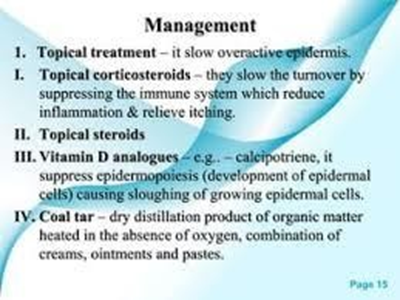A client reports to the clinic nurse of recently experiencing symptoms of frequent urination, hunger, and great thirst. What finding (s) would the nurse consider as most significant to report to the healthcare provider? Select all that apply.Reference Range
Potassium [3.5 to 5 mEq/L (3.5 to 5 mmol/L)]
Glucose [74 to 106 mg/dL (4.1 to 5.9 mmol/L)]
Hemoglobin A1C [4% to 5.9%]
Hematocrit [42% to 52% (0.42 to 0.52 volume fraction)]
Total Cholesterol [less than 200 mg/dL (less than 5.2 mmol/L)]
Serum potassium of 4.2 mEq/L. (4.2 mmol/L)
Hemoglobin A1C 7%.
Total cholesterol 180 mg/dL (4.7 mmol/L).
Hematocrit 45% (0.45 volume fraction).
Random plasma glucose level 200 mg/dl (11.1 mmol/L).
Correct Answer : B,E
A. Serum potassium within the reference range is not typically a cause for concern in this scenario.
B. A hemoglobin A1C level of 7% indicates poor glycemic control and may suggest the need for adjustment in diabetes management, as it exceeds the recommended target range.
C. Total cholesterol within the reference range is not the most significant finding to report in this scenario.
D. Hematocrit within the reference range is not the most significant finding to report in this scenario.
E. A random plasma glucose level of 200 mg/dl (11.1 mmol/L) is indicative of hyperglycemia and requires attention as it suggests poor glycemic control, potentially related to diabetes.
Nursing Test Bank
Naxlex Comprehensive Predictor Exams
Related Questions
Correct Answer is B
Explanation
A. Topical antifungal agents are used to treat fungal infections, not psoriasis, which is an autoimmune condition.
B. Topical corticosteroids are commonly used to reduce inflammation and itching associated with psoriasis. They are effective in controlling symptoms and promoting healing of psoriatic lesions.

C. Topical analgesics may provide temporary relief from discomfort associated with psoriasis lesions, but they do not address the underlying inflammation and are not typically the primary treatment for psoriasis.
D. Colloidal oatmeal-based lotions may help soothe and moisturize the skin but are not specific treatments for psoriasis. They may be used as adjunctive therapy for symptom relief.
Correct Answer is A
Explanation
A. A right foot that is pale with sluggish capillary refill suggests compromised circulation, possibly due to compartment syndrome, and requires immediate intervention to prevent tissue damage.
B. Circumferential edema of the right foot may be expected after a fracture and casting but does not indicate an immediate complication requiring intervention.
C. Reports of throbbing right leg pain are common after a fracture and casting and may be managed with appropriate pain medication but do not necessarily indicate an immediate complication.
D. An increased temperature to the lower extremity may be indicative of inflammation but does not necessarily require immediate intervention unless accompanied by other signs of infection or complications.
Whether you are a student looking to ace your exams or a practicing nurse seeking to enhance your expertise , our nursing education contents will empower you with the confidence and competence to make a difference in the lives of patients and become a respected leader in the healthcare field.
Visit Naxlex, invest in your future and unlock endless possibilities with our unparalleled nursing education contents today
Report Wrong Answer on the Current Question
Do you disagree with the answer? If yes, what is your expected answer? Explain.
Kindly be descriptive with the issue you are facing.
